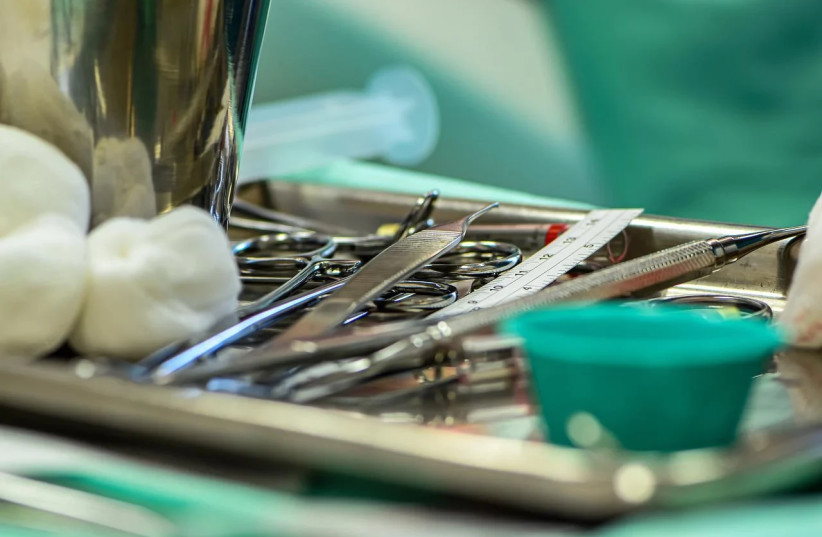Protruding ears disrupt the symmetry of the face and cause harassment and teasing, which is why ear attachment surgery has become very popular for kids. It’s usually customary to perform this procedure around age six before starting first grade.
At this stage, the ear is fully developed, and kids begin to be more and more affected by teasing and harassment from classmates about how one’s ears look.
Recently we’ve seen young adults aged 20 to 30 who’ve decided to take action and correct the appearance of their ears and face through surgery.
As mentioned, in contrast to other aesthetic surgeries, an ear attachment procedure is common, especially for kids.
The number of ear attachment surgeries in Israel has almost doubled in recent years. About 700 surgeries were performed in 2020 compared to only 400 in 2018. In the US, the global surgical capital, there was a jump from more than 23,000 surgeries in 2018 to 53,000 within two years.

The reasons for the increase in the demand for surgery vary, but from young adults, it’s possible to see two main factors.
1. Social media
A decade ago, Instagram launched and changed how we look at our photos.
Now, with Tiktok and even more social media, it’s no longer possible to escape from photos and mass documentation, and even those who aren’t on Facebook and other platforms are photographed by friends, children or relatives.
Like the nose in the center of the face, the ears also have a dramatic effect on facial appearance, and this is why people seek a long-term aesthetic solution.
Coronavirus
Similar to social media, zoom meetings have also made us all look at ourselves in a slightly different light. Suddenly our faces have become the exclusive representations of us to the outside world.
Unlike social networks, in virtual meetings, it’s difficult to cover the entire face with a filter, so this is another reason to fix protruding ears.
What’s done in ear attachment surgery
This common procedure is actually the only treatment available for attaching the ears today and its purpose is to attach the auricles, the visible part of the ear to the scalp and if necessary produce a fold that mimics the anatomical shape of the auricle.
The surgery, which lasts about an hour and a half, can fix various deformities in the ears, attach the ears to the skull, produce a symmetrical appearance, and create a kind of inner fold of the ear for peoplewho weren’t born with a fold like others.
To reduce the angle between the skull and the ears, you can fix and attach the ear to the scalp using one of the two existing types of stitches: Mustardé technique stitch when it’s necessary to produce the fold artificially or Furness stitches used to attach the earpiece to the scalp skin.
Various techniques allow surgeons to artfully shape the ears and adapt them to the structure of the face to achieve the desired and optimal look which patients want. The surgeon must have precise knowledge of the anatomy of the ear and preferably have rich experience in this field.
Choosing the desired technique combined with experience and a responsible medical body will be able to bring about the best result, and also provide peace of mind in cases where further treatment is required. A rule of thumb in plastic surgery is that it's surgery like any other surgery, so no unnecessary risks are taken.
Surgery that changes lives
Successful surgery can be very life-changing. The parents of a lovely boy from the central region who was born with protruding ears came to me. The kids in his kindergarten began to comment about his appearance and he suffered from teasing that increased over time.
The parents said that the boy spoke quietly, shied away from social events and birthday parties and had regressed to bed wetting.
After a preliminary process to decide on the best surgical technique we performed ear attachment surgery at the beginning of summer vacation before he started first grade, so that already in the middle of the summer one could see the dramatic change in the boy’s appearance.
At the post-surgical appointment and in correspondence with the parents, they said that at the end of the first school year the child is "opened up" and he doesn’t suffer from social problems or shy away from social events. He has many friends and they say he received a fresh start.
Dr. Michael Moshe is a senior specialist in plastic and aesthetic surgery at Clalit Health Fund Aesthetics Clinics.
